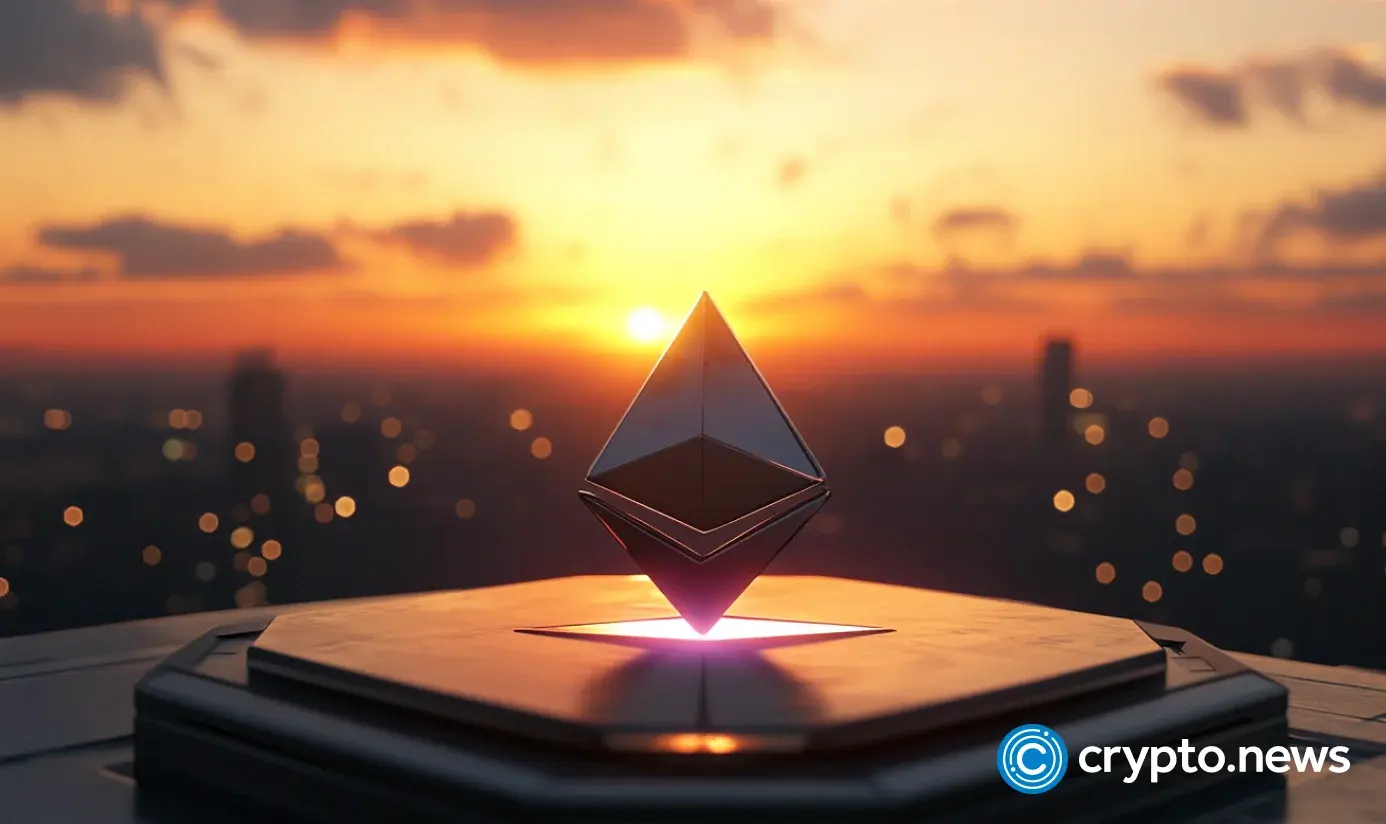Ethereum’s Fusaka Hard Fork: Zero Code Breaks, Maximum Scalability - Here’s What Changes

Ethereum's next evolution kicks in—no messy chain splits, just cleaner lanes for decentralized traffic.
The Scalability Play: Fusaka isn't rewriting Ethereum's DNA—it's adding express lanes. Validators keep humming while transaction throughput gets a silent turbocharge.
No Fork in the Road: Unlike past messy upgrades, this hard fork executes like a scheduled server reboot. Miners and stakers sync up without the usual existential drama.
Fee Market Shakeup: That 'digital oil' metaphor gets another twist—gas auctions now run smoother than a Wall Street dark pool (but with marginally better ethics).
Devs whisper about 30% more headroom for Layer 2 solutions—though as usual, the Ethereum Foundation won't pinky-swear on numbers.
The Bottom Line: Another incremental step toward the 'world computer' vision—while Bitcoin maximalists grumble about 'overengineering' from their fossilized UTXOs.
Who proposed and why
One of the key proposals, EIP-7825, helps protect nodes from being overwhelmed by spammy or harmful messages. Another major change on the table is raising the block gas limit to 150 million, which WOULD let more transactions fit into each block, but it also comes with trade-offs like slower block spreading and more strain on the network’s data storage.
Although EIP-7907 — which aimed to double the contract code size limit and introduce new gas metering rules — was considered, it was ultimately dropped to avoid testing delays. It may be revisited in a future fork.
https://twitter.com/nixorokish/status/1945280052855283911Community voices have also weighed in. Ethereum protocol support member Nixo has urged the team to stick to a strict timetable so that Fusaka lands before Devconnect, a key developer conference, emphasizing the importance of timely client releases in the next month and a half.
What’s in the box
Here’s a bite‑sized look at some of the headline features Fusaka will bring:
- Higher gas limit. Raising the block gas limit to 150 million units so each block can include more transactions. This helps lower fees and speeds up the network under heavy demand.
- Security boosts (EIP‑7825). New checks to guard against certain attack patterns, making nodes more robust and reducing the risk of network disruptions.
- Code size and metering adjustments. Although EIP‑7907— which would double the code size limit and add new gas charges — was pulled to speed testing, future forks may possibly revisit it.
Overall, these changes won’t noticeably affect how most smart contracts work. Instead, they’ll help the network handle more traffic in a safer and more efficient way.
How did we get here
Ethereum follows a roughly six‑month upgrade cycle. The last major fork, Pectra, went live in May, bringing features like account abstraction and higher staking limits. Shortly after Pectra’s release, discussions began about the next step, and Fusaka ROSE to the top of the list by mid‑2025.
Behind the scenes, Ethereum’s AllCoreDevs meetings, regular gatherings of protocol teams, debated which EIPs to bundle. On Aug. 1, the final set of EIPs for Fusaka will be confirmed and frozen, giving client teams a month or two to bake in the changes. Ethereum’s upgrade path for Fusaka looks like this:
If everything goes smoothly, developers will tally up testnet results in November and roll out the upgrade at a pre‑announced block height, ensuring all nodes upgrade together.
In the long run, users stay on blockchains that are fast, cheap, and secure. Fusaka isn’t a major overhaul, but it’s a meaningful step to help Ethereum stay competitive with faster chains and layer-2s. By raising capacity and strengthening defenses, it could make the network more welcoming for DeFi apps, games, and other use cases.

